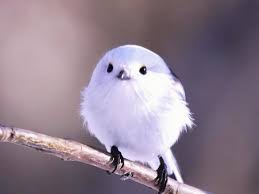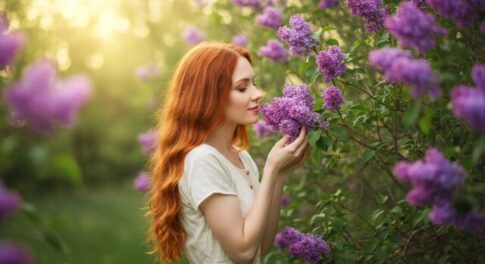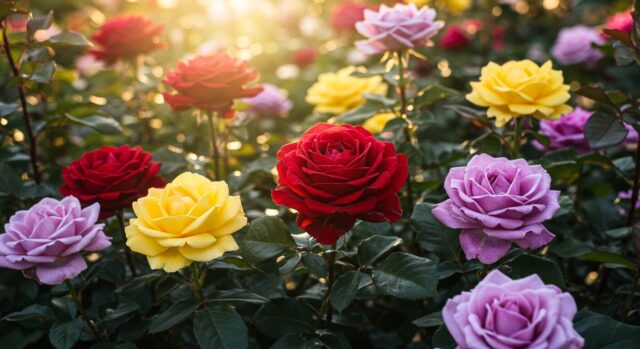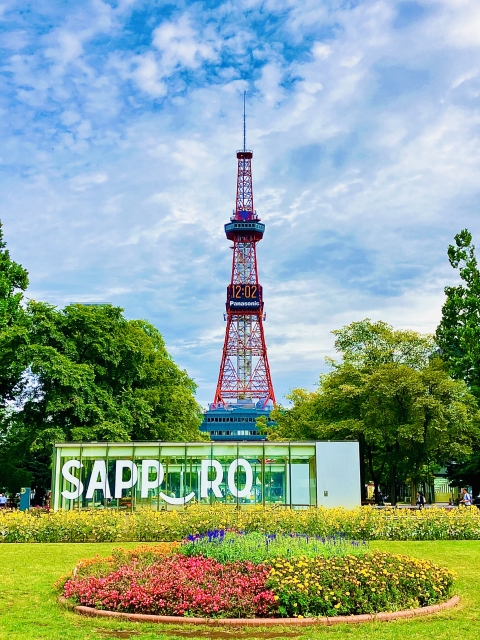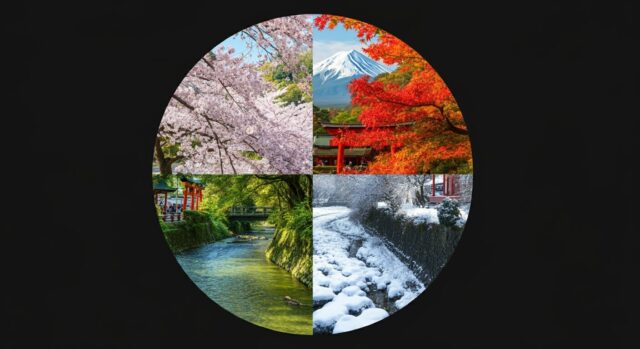“The charm of the 24 solar terms hidden in the four seasons”
Momo
Hello! A blogger who conveys the charms of Japan to the world、It's Momo! In this article, we will introduce the charm of "Japan's traditional calendar"! In Japan、There is a traditional calendar called the ``24 solar terms'' that allows us to get a detailed sense of the changes in nature.。This divides the year into 24 periods.、It has been used as a guideline for daily life according to seasonal changes.。While feeling the beauty of nature in each season、Let's experience the deep culture of Japan through the 24 solar terms。 1. spring:A season where you can feel a breath of new life - Risshun (around February 4th) The beginning of spring on the calendar。The cold is gradually easing、It's the time when plum blossoms start blooming。It's the first seasonal season to feel the arrival of spring.。・Rain water (light rain) (around February 19th) Snow turns to rain、It's time to start seeing signs of spring。this period、As water from melting snow flows into the fields,、Crops are expected to grow。・Keichitsu (around March 5th) The hibernating insects wake up.、Time to start spring activities。the earth warms、This is the moment when life begins to move。・Vernal Equinox (around March 21st) The day when day and night are approximately the same length。Cherry blossoms are in full bloom、The cherry blossom viewing season begins。It heralds the official arrival of spring.。・Seimei (Around April 5th) A time when the heavens and earth become clear and bright.。The fresh greenery is beautiful、Flowers bloom and compete、Spring is at its peak。・Kokuu (Around April 20th) This is the time when preparations for rice planting are in progress.、spring rain pours down、This is the time when crops start to grow。the earth is moist、ready for growth。 2. summer:A season full of vitality and energy - Rikka (around May 6th) The start of hot summer.、temperature rises、The green becomes more vivid。Crop growth progresses、ready for summer。・Shoman (around May 21st) Vegetation grows thickly.、A time when life is full。It makes you feel the beginning of the season when nature is at its richest.。・Boushu (around June 6th) This is the time when preparations for rice cultivation begin.、It's time to plant rice in the fields。With the heat of early summer、Crop growth accelerates。・Summer solstice (around June 21st) Daylight is the longest、period when the sun's power is strong。The heat is getting serious、You can enjoy festivals and fireworks, which are a summer tradition.。・Shorsho (around July 7th) After the end of the rainy season、It's time for the heat to really start。Summer is in full swing、It's that time of year when you start missing cold drinks and cool breezes.。- Great heat (around July 23rd) The hottest period of the year、The heat reaches its peak with strong sunlight.。Ingenuity is required to survive the heat。 3. autumn:Season of fruitfulness and change - Risshu (around August 7th) marks the beginning of autumn on the calendar.、It's still a hot season。I can feel the signs of autumn little by little、The nights are getting cooler。・Shosho (Around August 23rd) The heat eases.、The time when you can feel the signs of autumn little by little。Harvesting of crops begins、The season of fruitfulness is coming。・Hakuro (around September 8th) Dew begins to fall in the morning and evening.。With the deepening of autumn、A cool breeze blows、Preparations for autumn leaves begin。・Autumn equinox (around September 23rd) The day when day and night are approximately the same length.、Makes you feel the depth of autumn。Rice harvesting and fruit harvesting are carried out、Enjoy the taste of autumn。・Kanro (around October 8th) This is the time when the dew starts to feel cold.、Autumn deepens further。The season of autumn leaves has begun、You can enjoy beautiful scenery。- Frostfall (around October 23rd) The mornings and evenings become colder.、It's time to start preparing for winter。the leaves of the trees change color、I can feel the end of autumn。 4. winter:The season of silence and preparation - Ritto (around November 7th) The seasonal season that heralds the beginning of winter.、It's getting colder。It's time to start preparing for winter、You will need warm food and warm clothing.。- Light snow (around November 22nd) This is the time when snow begins to fall.、Not full-fledged winter snow、It's time to feel the cold wind。It's time to get ready for winter。・Heavy snow (around December 7th) The period when snow begins to fall in earnest.。Winter is getting colder、Expanding snow scenery。It's time to start enjoying winter in earnest.。・Winter Solstice (around December 21st) It is the shortest day of the year.。At this time、There are customs such as winter solstice pumpkin and yuzu bath.、It is important to find ways to overcome the cold.。・Shokan (around January 5th) A period when the cold becomes even more severe.、It's in the middle of winter。This is an important time to take care of your health.。・Great Cold (around January 20th) The coldest period、The cold weather reaches its peak。Preparations to overcome the cold、It's that time of year when I start craving hot food.。 5. Finally, the 24 solar terms、Not just a calendar、It is an important clue to feel the rhythm of Japan's nature.。Through the natural changes and events included in each season.、feel the change of seasons、can be useful in daily life。While enjoying the beautiful scenery and food culture of each season.、The appeal of the 24 solar terms is that you can connect deeply with Japan's nature.。

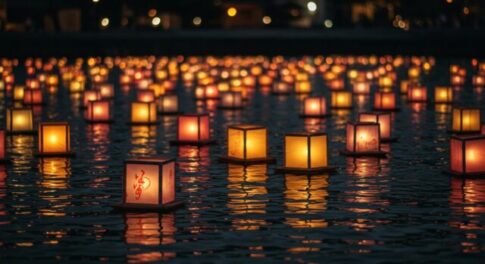
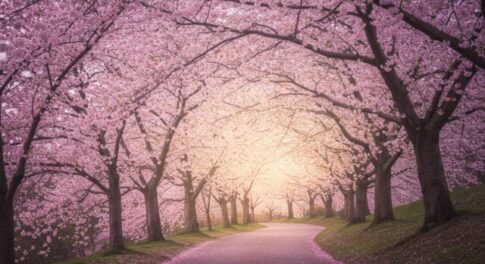
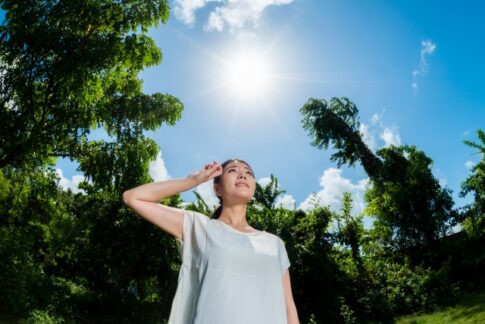
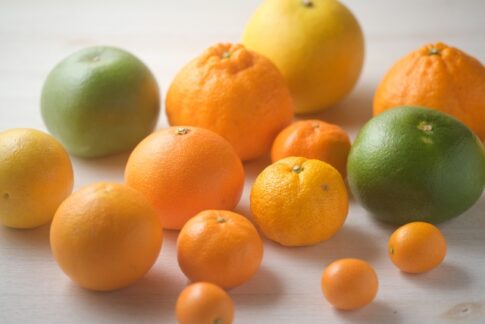
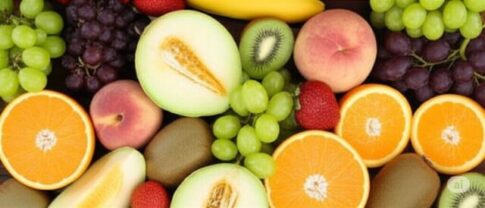

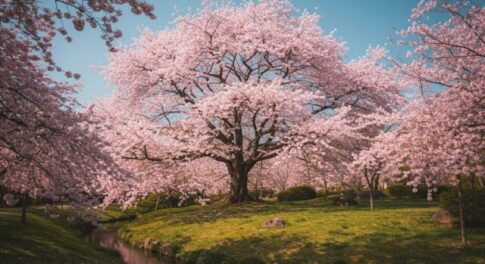
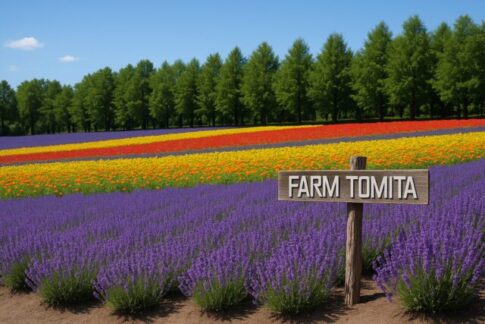
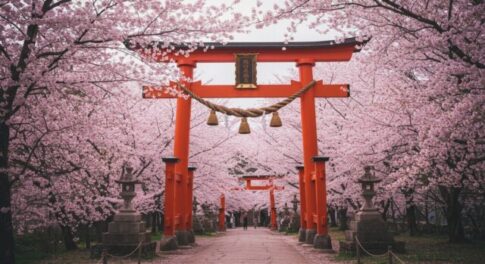

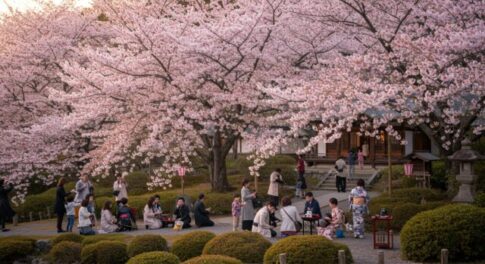
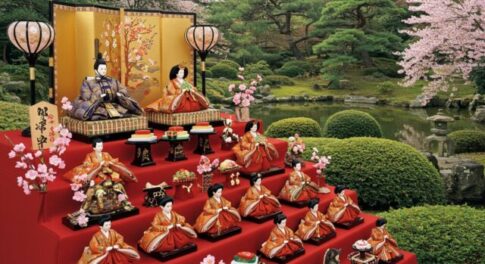
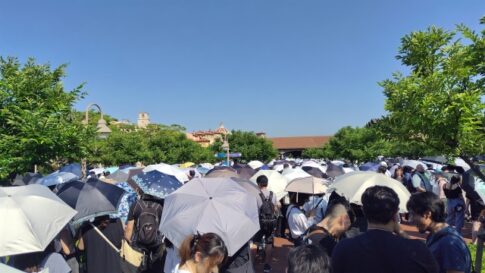
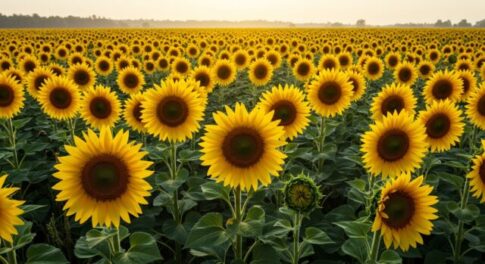
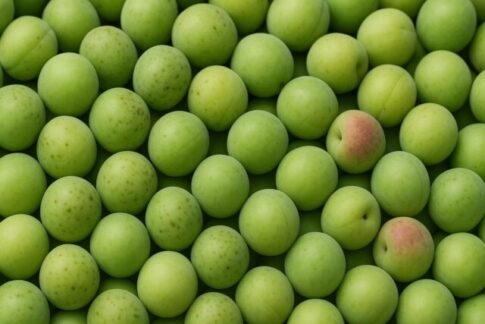
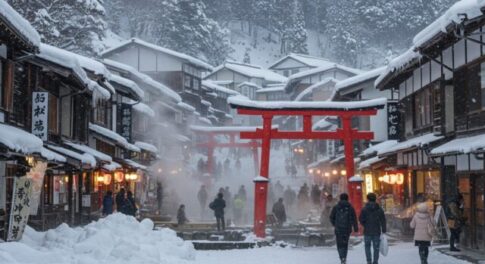
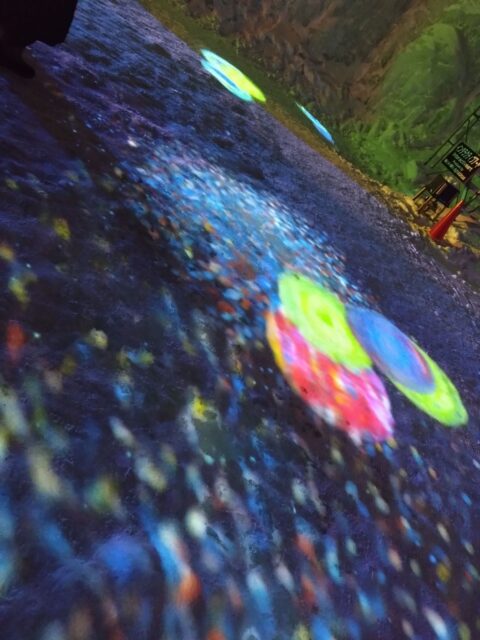

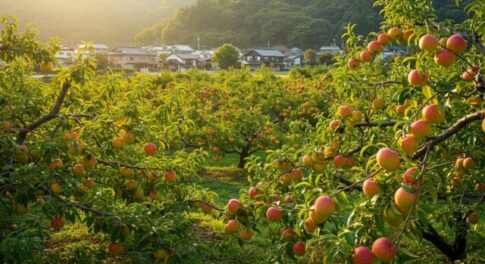
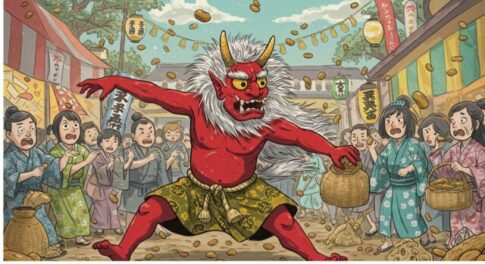
![日本のカレンダーに載らない不思議な休日[お盆]](https://kawaraban.jp/wp-content/uploads/2025/04/31749517_s-485x273.jpg)
